Aguateca is a Maya site located in northern Guatemala's Petexbatun Basin, in the department of Peten. The first settlements at Aguateca date to the late Preclassic period (B.C.E. 300 - C.E. 350), and the city was sacked and abandoned in the early 9th century. Aguateca sits on top of a 90 meter tall limestone bluff, creating a highly defensible position. There is an extensive system of defensive walls that surrounds the city, reaching over 3 miles (4.8km) in length. The site sits on the shore of a lake, and is usually accessed by boat. The ruins of Aguateca are considered to be among the best preserved in Guatemala. Aguateca and the nearby city of Dos Pilas were the twin capitals of a powerful dynasty claiming descent from the rulers of Tikal. Around 700 C.E., Aguateca became a large, densely populated city, with a higher density of structures than most other lowland Maya sites. In 761 C.E., the rulers of Dos Pilas appear to have abandoned their city and relocated to Aguateca. During the reign of Tan Te' K'inich the city was invaded and burned. The city was completely abandoned around 830 C.E.
A 6 meter tall temple at the site was left unfinished, the centre of the city was destroyed by fire, valuables were left scattered in elite residences, and ceramics were left in their original domestic positions, all of which demonstrate the sudden abandonment of the city.



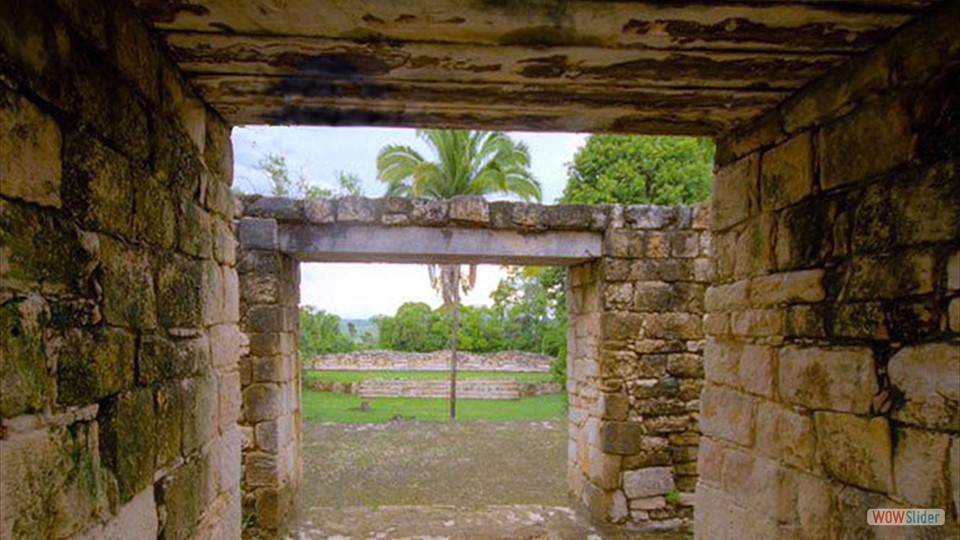
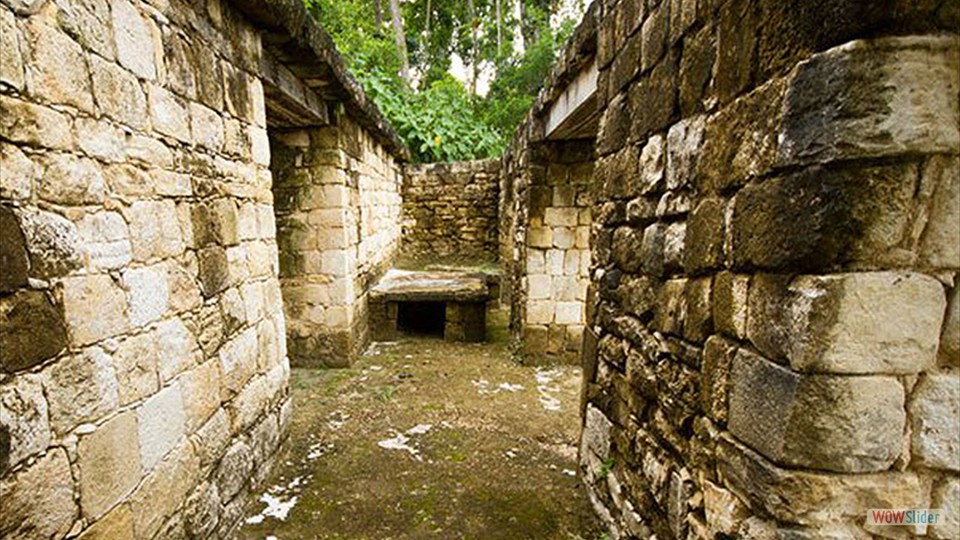
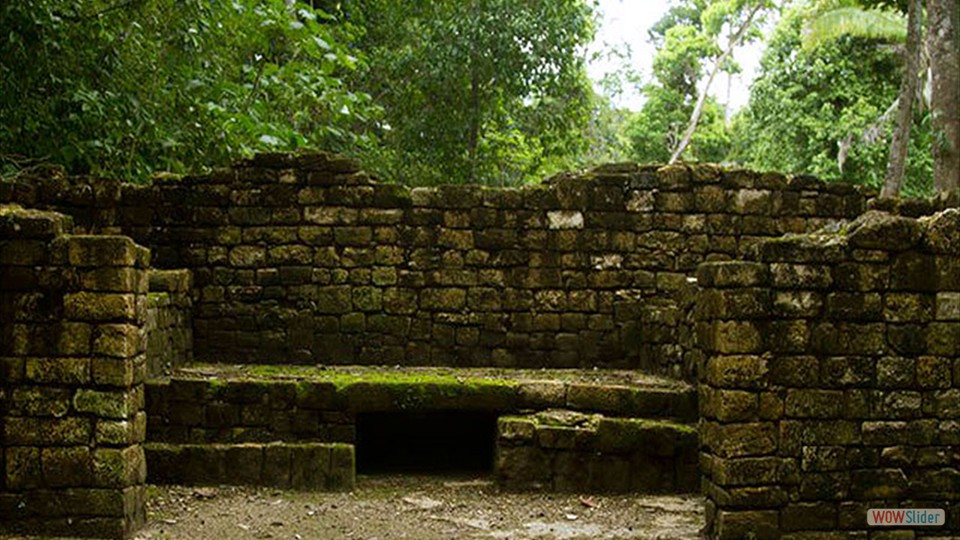
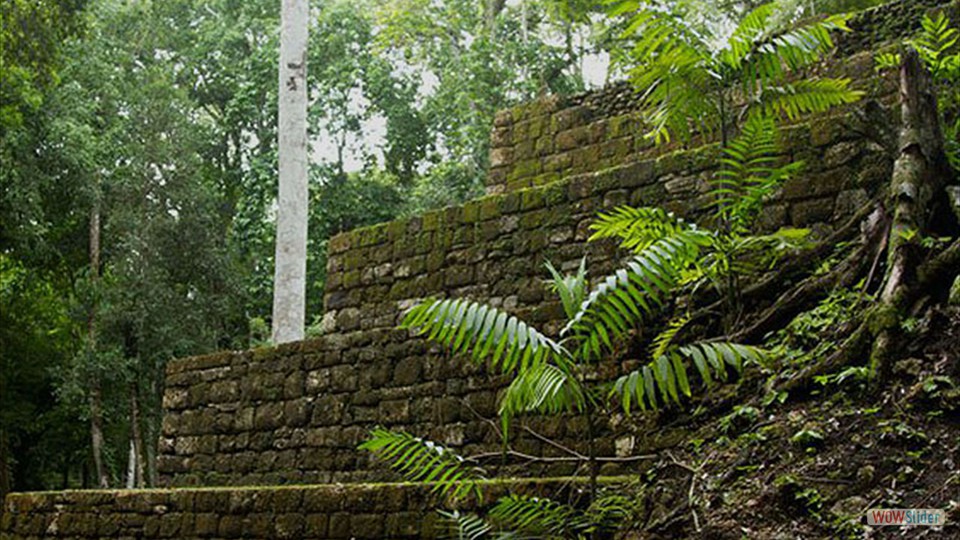

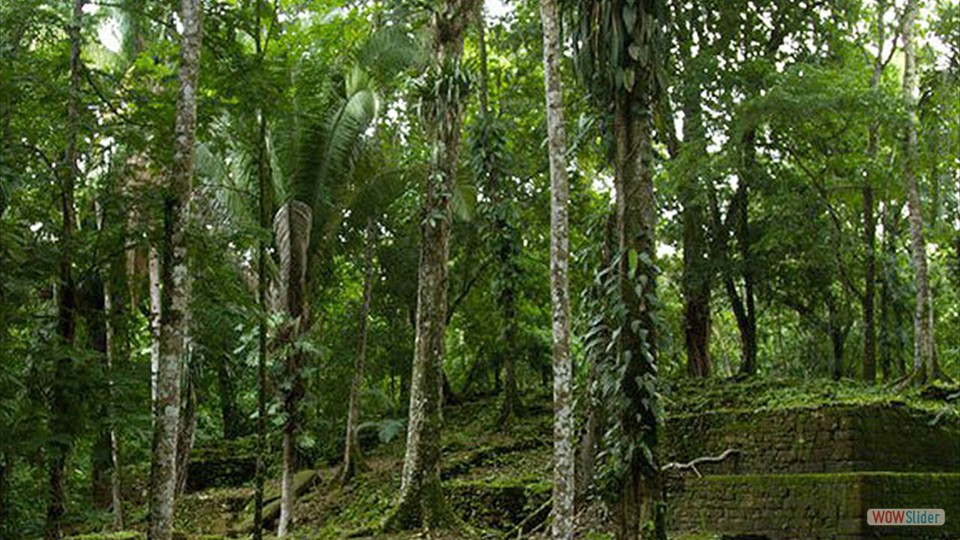
 1
1 2
2 3
3 4
4 5
5 6
6 7
7 8
8